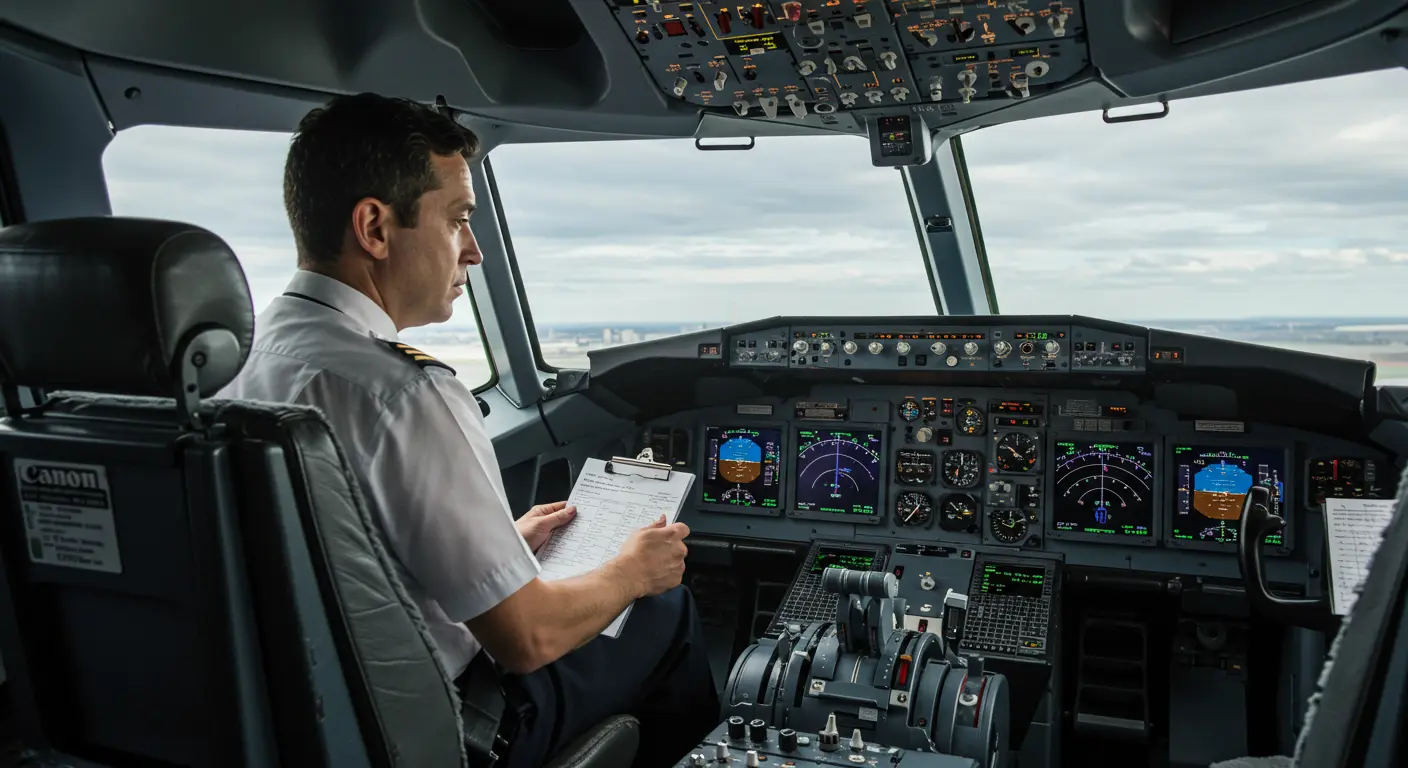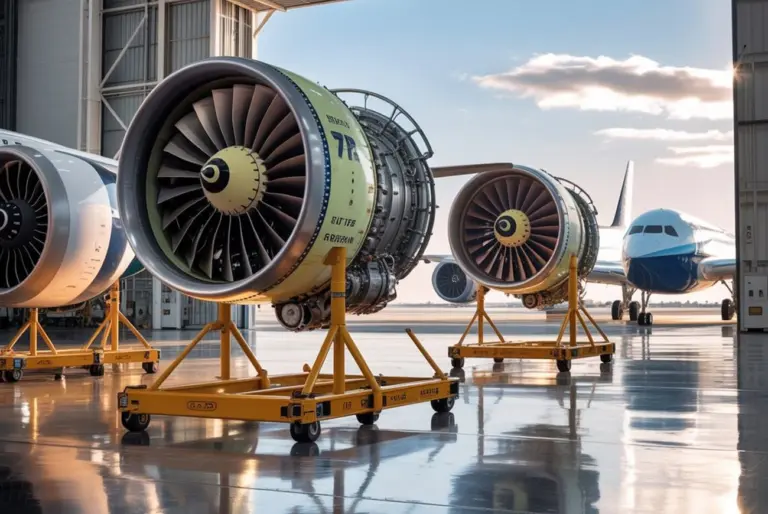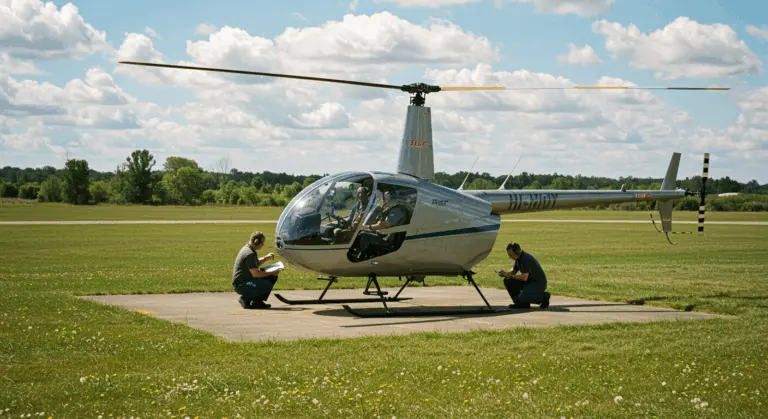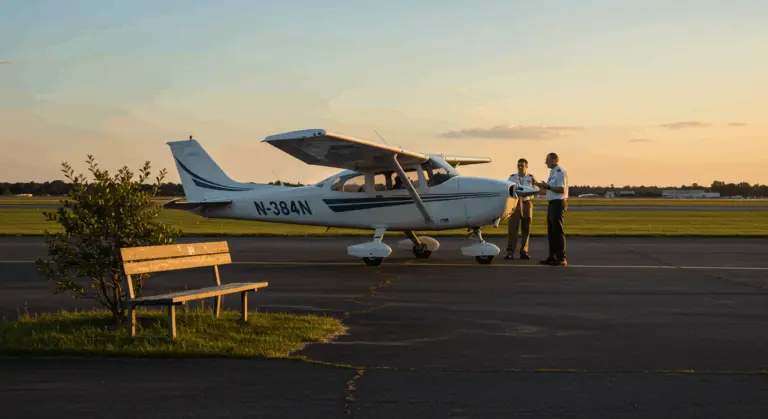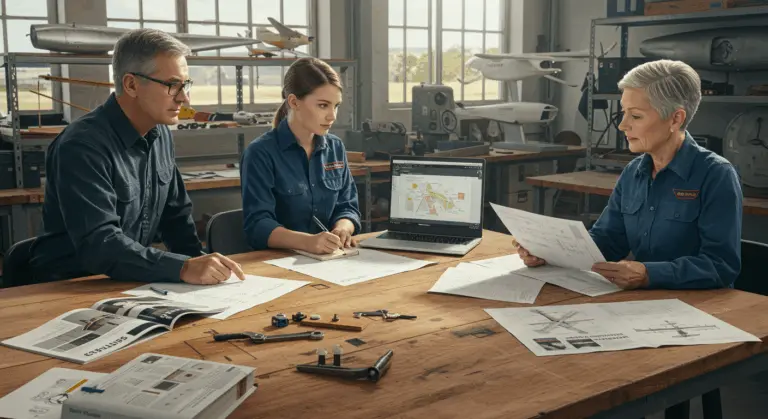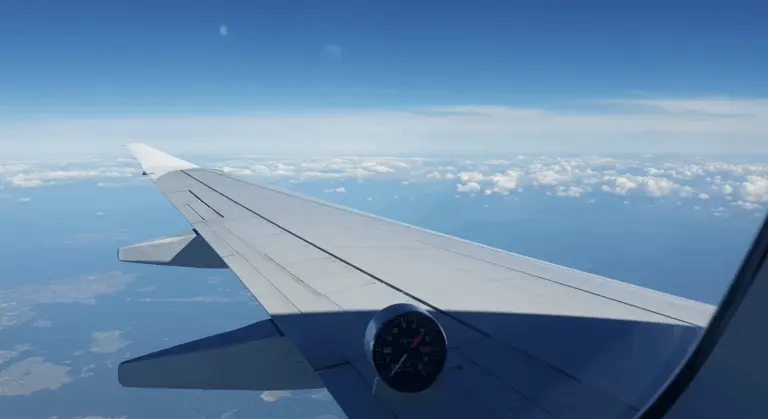What Does a Flight Engineer Do? – Responsibilities and Role Explained
Understanding the Role of a Flight Engineer
A flight engineer (FE) serves as the technical backbone of a flight crew, wielding expertise over the aircraft’s intricate mechanical and electronic systems.
Their primary responsibility is overseeing critical aircraft systems, interpreting complex instrumentation, diagnosing emerging issues, and executing swift solutions to maintain peak technical performance and safety.
Though flight engineers must possess a commercial pilot’s license and typically accumulate at least 1,500 hours of flight experience, their primary role isn’t at the controls. However, this qualification enables them to assume pilot duties in emergency situations if the pilot or first officer becomes incapacitated.
Modern aviation has seen changes in the role as sophisticated automated systems in newer aircraft reduce or remove the need for a dedicated FE. Yet they remain indispensable on legacy aircraft and specialized platforms where complex systems demand dedicated human oversight.
Key Responsibilities of Flight Engineers
A flight engineer’s duties encompass every phase of flight, providing the technical expertise that ensures aircraft safety and smooth operations.
Pre-flight operations require careful attention. Flight engineers conduct thorough system inspections, validate fuel calculations, and contribute to flight planning strategies.
Once airborne, they become even more focused. They maintain constant surveillance over critical aircraft systems, including engines and fuel consumption, hydraulic pressure, electrical networks, and pressurization controls.
When emergencies strike, their expertise becomes essential. Cool-headed decision-making and rapid implementation of technical solutions can mean the difference between a manageable situation and catastrophe.
Clear, precise communication forms another pillar of their responsibilities. They must relay complex technical information to pilots clearly and accurately, document every check and modification, and effectively communicate aircraft status to ground maintenance teams.
The profession demands resilience. Unpredictable schedules featuring night shifts, weekend duties, and marathon international flights require exceptional adaptability and stamina.
Collaboration with Flight Crew
Effective teamwork with pilots and crew members is crucial for safe aircraft operation, creating an integrated team where each member’s expertise complements the others.
The FE functions as the pilots’ technical advisor, continuously monitoring systems and communicating critical information. This allows pilots to focus on navigation and aircraft control, improving overall safety margins.
During crisis situations, this collaboration is critical. The FE supports pilots by rapidly diagnosing problems, executing corrective procedures, and managing systems to minimize risk—providing the technical insights that inform life-or-death pilot decisions.
This teamwork between flight engineers and flight crews creates a multi-layered safety network, helping maintain commercial aviation’s remarkable safety record.
Training and Certification for Flight Engineers
The path to becoming a flight engineer requires extensive training and certification, with authorities like the Federal Aviation Administration (FAA) establishing strict requirements to ensure candidates possess both technical mastery and practical expertise.
Prospective FES must secure an FAA Flight Engineer Certificate with specific ratings for their intended aircraft type—whether reciprocating engine, turboprop, or turbojet configurations.
Multiple pathways lead to certification: completing FAA-approved flight and ground instruction programs, or demonstrating substantial experience in aircraft maintenance, professional piloting, or military flight engineering.
The curriculum covers every major aircraft system and emergency procedure, emphasizing both routine operations and complex troubleshooting scenarios.
Medical fitness requirements are equally stringent. Candidates undergo comprehensive examinations assessing vision acuity, hearing capability, and cardiovascular health—ensuring they can perform effectively in the demanding cockpit environment.
Professional development continues throughout their career. Flight engineers must continuously maintain their certifications through ongoing training and periodic reexaminations, staying current with rapidly evolving aircraft technology and safety protocols.
Eligibility Criteria for Becoming a Flight Engineer
The journey to becoming a flight engineer begins with meeting specific eligibility criteria established by aviation authorities worldwide.
Essential requirements and career considerations include minimum age of 18 years, English proficiency (aviation’s universal language), and typically a robust foundation in mathematics and physics.
Skills Required for Flight Engineers
Excellence as a flight engineer demands both technical mastery, analytical prowess, and interpersonal finesse to effectively manage complex aircraft systems.
Technical proficiency is essential—comprehensive understanding of all aircraft systems enables proactive monitoring and preemptive problem resolution.
Meticulous attention to detail is crucial. Subtle shifts in instrument readings or system performance often signal developing issues that require immediate attention.
Adaptability remains essential when transitioning between different aircraft types, each demanding rapid mastery of unique systems and operational procedures.
Most importantly, they must maintain constant focus on safety—their vigilance directly impacts the welfare of everyone aboard.
Physical and Technical Skills
Job Outlook and Salary for Flight Engineers
The employment landscape for flight engineers shows mixed trends, with increasing automation in modern aircraft changing demand patterns.
In the United States, flight engineers command an average annual salary of approximately $118,512 (roughly $56.98 per hour)—compensation that reflects their critical responsibilities and specialized expertise.
Compensation varies considerably based on several key factors: experience level (senior FES significantly out-earn newcomers), employer type (major airlines typically surpass regional carriers), aircraft complexity (larger, more sophisticated aircraft command premium salaries), and geographic location (major aviation hubs and international assignments often offer enhanced compensation).
Comprehensive benefits packages typically include health insurance, robust retirement plans, and coveted travel privileges—often extending free or heavily discounted flights to the FE and their family members.
Future of Flight Engineers in Aviation
Contemporary aircraft like the Boeing 777/787 and Airbus A320 family feature advanced automated systems that handle functions once requiring dedicated flight engineer oversight. This technological evolution enables efficient two-pilot operations, replacing the traditional three-person crew configuration.
However, flight engineers are still needed on specific aircraft types: legacy commercial aircraft still in active service (including certain Boeing 747 variants) and specialized military, cargo, and civilian aircraft featuring complex systems requiring human expertise.
Their technical expertise remains important across the aviation industry. Many flight engineers successfully transition to adjacent careers in aircraft maintenance, aviation engineering, or advance to pilot positions.
Emerging developments in electric aircraft and next-generation avionics could lead to innovative technical specialist roles drawing on the systems management expertise traditionally embodied by flight engineers.

